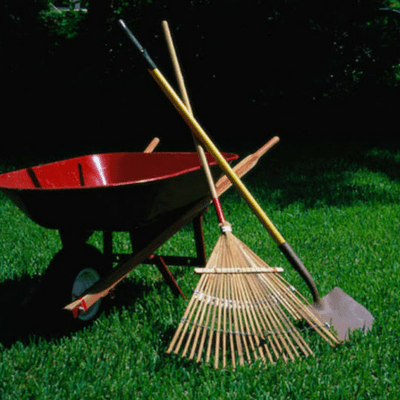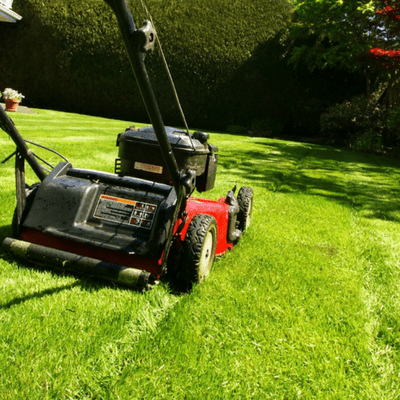Spring Cleanup: 6 Steps To Get Your Yard Spring Ready
With spring coming up, now’s the time to start getting your yard ready. With the correct preparation, you’ll enjoy lush grass, vibrant flowers, and healthy trees. Use the following tricks to give your yard a solid start for the spring season. These methods might make your yard look its very best, impressing you and the neighbors.
Initial Prep Work 
- Before beginning, wait for all the snow to thaw completely. You can’t really work the ground when it’s frozen, otherwise, you’ll just be frustrating yourself.
- Rake all over in your yard to gather up the twigs, leaves, needles, and other types of debris that gathered in the winter. No matter how diligent you were about keeping your yard clean in the fall, all kinds of things can gather as snowstorms rolls through. Removing this debris eliminates hiding spots for pests of all kind.
Seeding
- Look over your yard and note which parts of the grass, etc. are patchy or look thin. Those are obviously where you want to concentrate.
- The best way to seed is to mix a bag of seed with soil or compost. This ensures the seeds get the proper nutrients, so they grow quickly.
- Break up the ground where you plan to seed using a rake. Seeds can’t take root if the ground is rock hard, so this step is absolutely crucial.
- Finally, spread the mixture of seed and soil over the patchy areas. Try to spread it as evenly as possible.
Watering
- The whole idea of watering at this point is to provide moisture to your plants. When watering your lawn, do so long enough for the water to reach the roots of your various plants.
- This means it’s best to water less frequently and for longer periods of time. Short, frequent watering doesn’t encourage the roots of your grass and other plants to seek out water deep in the ground, making them not as strong. Deep roots will also keep trees and shrubs anchored in high winds.
Mowing 
- Don’t just fire up your mower when you take it out of storage. First, check the oil level and replace or refill it as necessary.
- Have the mower blades sharpened if they’re dull. A dull blade won’t cut the grass cleanly, which harms it, plus makes your yard not as presentable.
- If you don’t remove the blade to have it sharpened, lower it and remove the old, dead grass that’s accumulated above it. This keeps everything clean and running properly throughout the summer.
Mulching
- Only buy high-quality mulch. Cutting corners in this area can have serious long-term consequences for your yard.
- Add fertilizer to new plants and shrubs before mulching. All plants need the right nutrients, and fertilizer is the best way to get that to them, especially when they’re new and fragile.
- Lay mulch around trees, bushes, dormant flower, and gardens. This will promote strong growth by providing nutrients long-term, and keeping the soil moist in between waterings.
Pruning
- On trees and shrubs, cut away all dead and damaged branches. This will prevent the plant from sending vital nutrients to those.
- Prune fruit trees before they bloom. You must get a start early in the season to make this happen. The result will be better fruit produced, plus you avoid the tree being damaged from too big of a crop.
- Prune flowering trees and shrubs after they bloom. Since you’re not dealing with fruit production, you can trim these back a little later in the spring.











